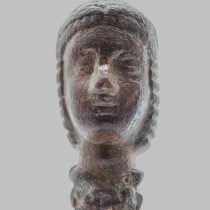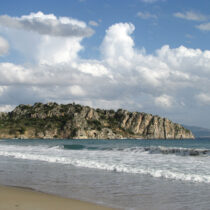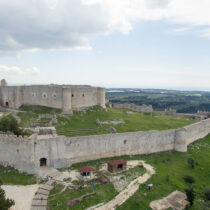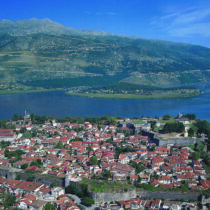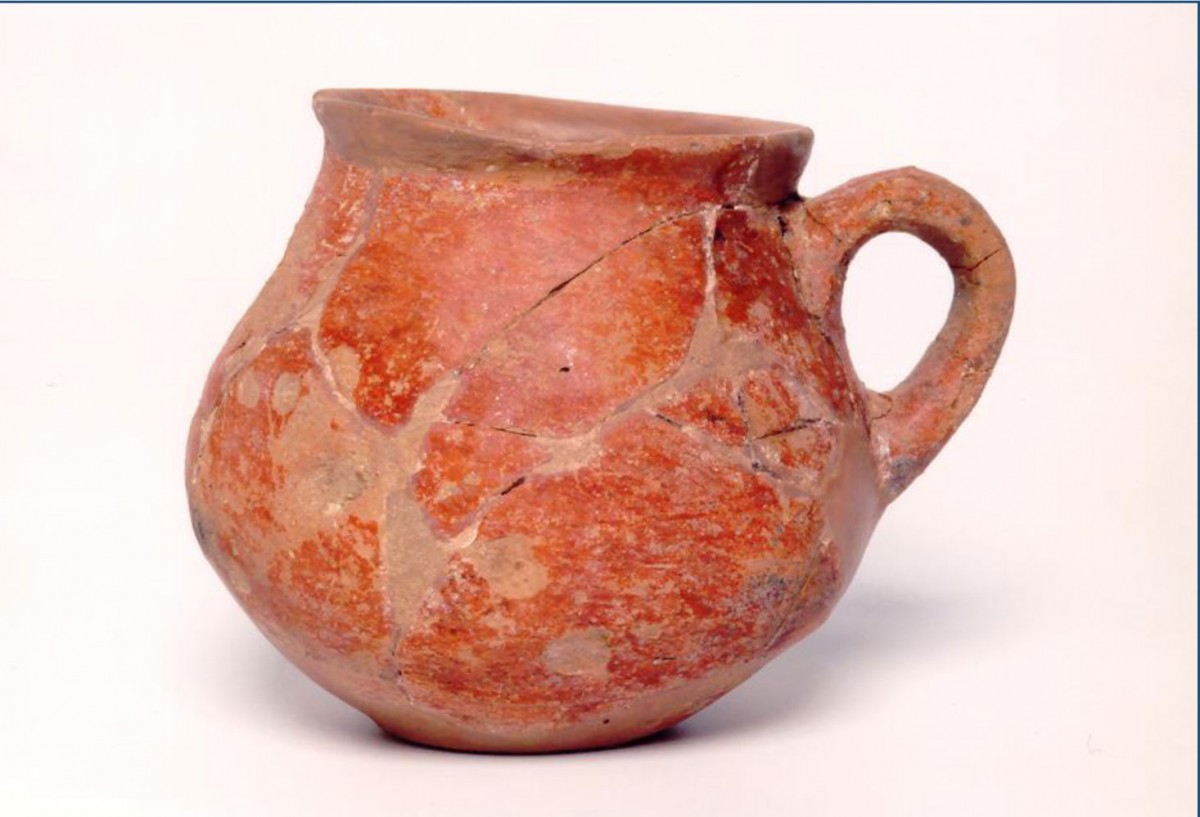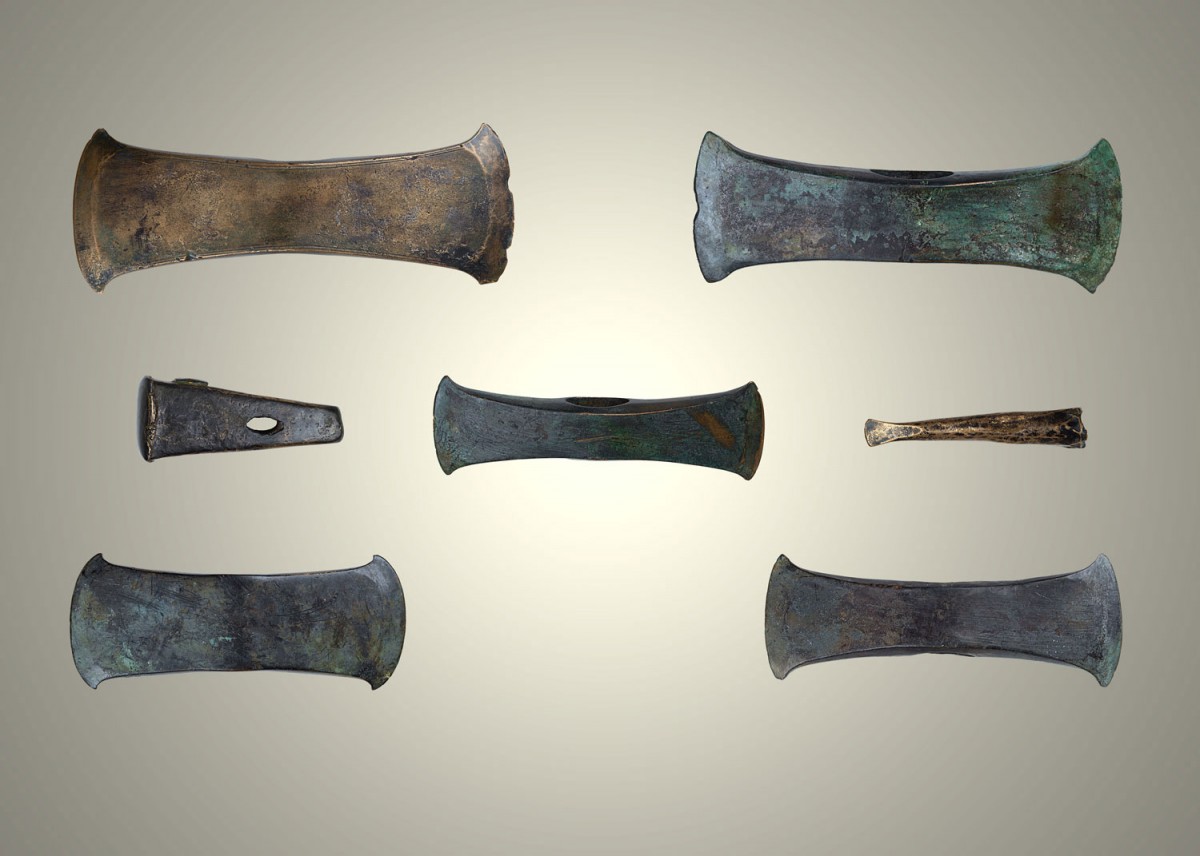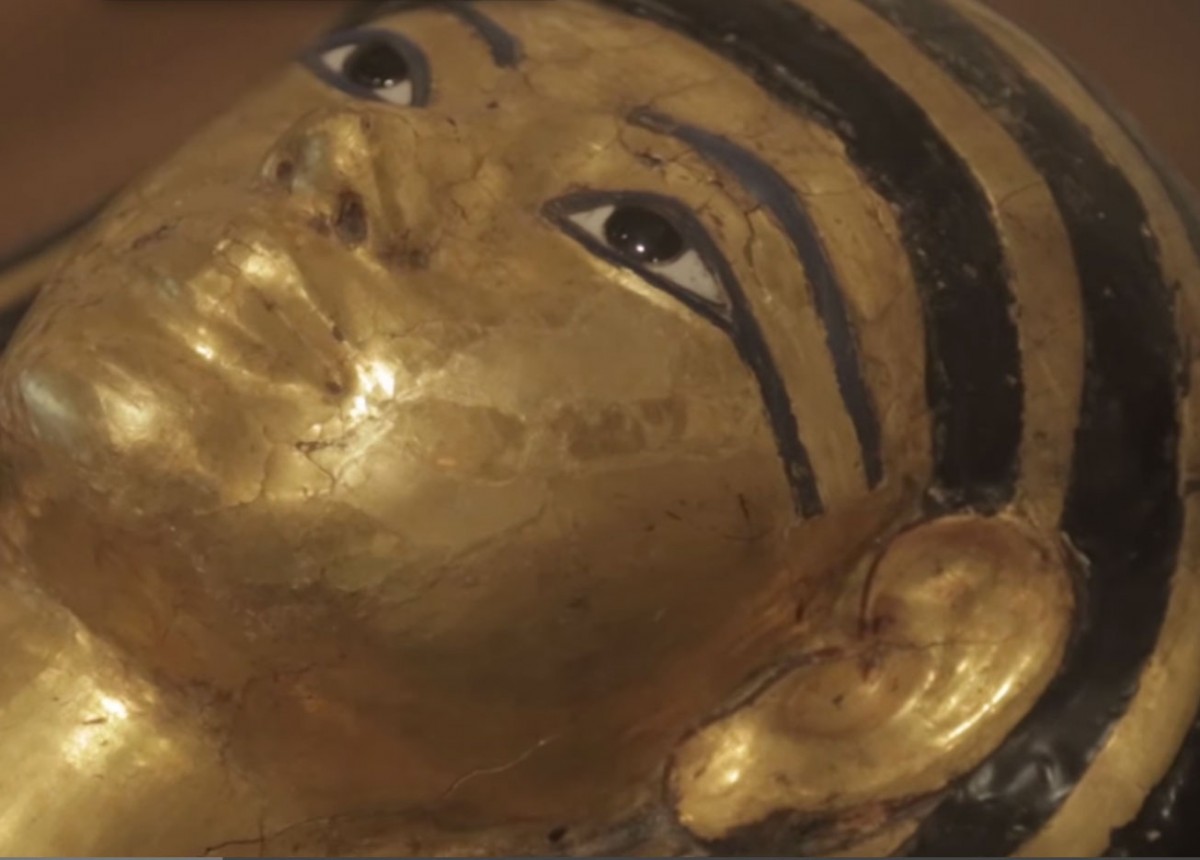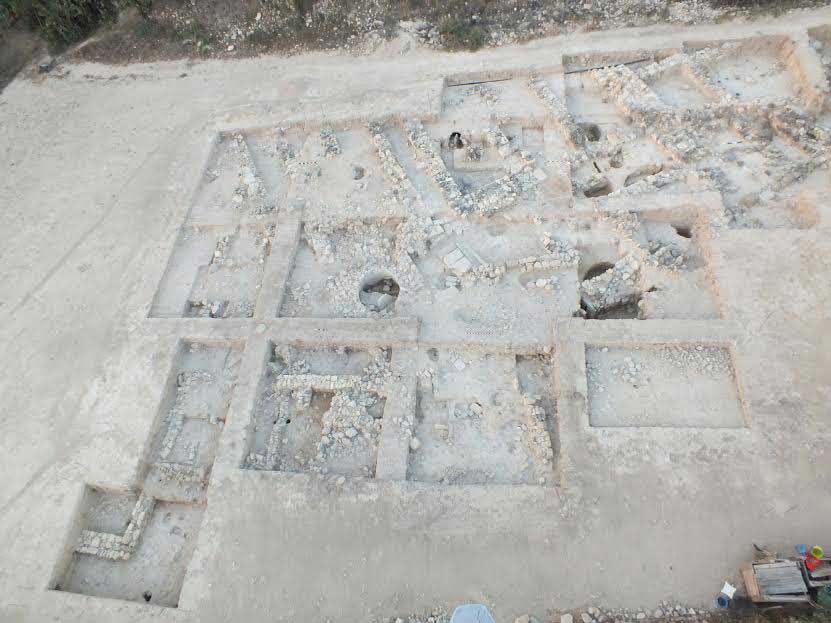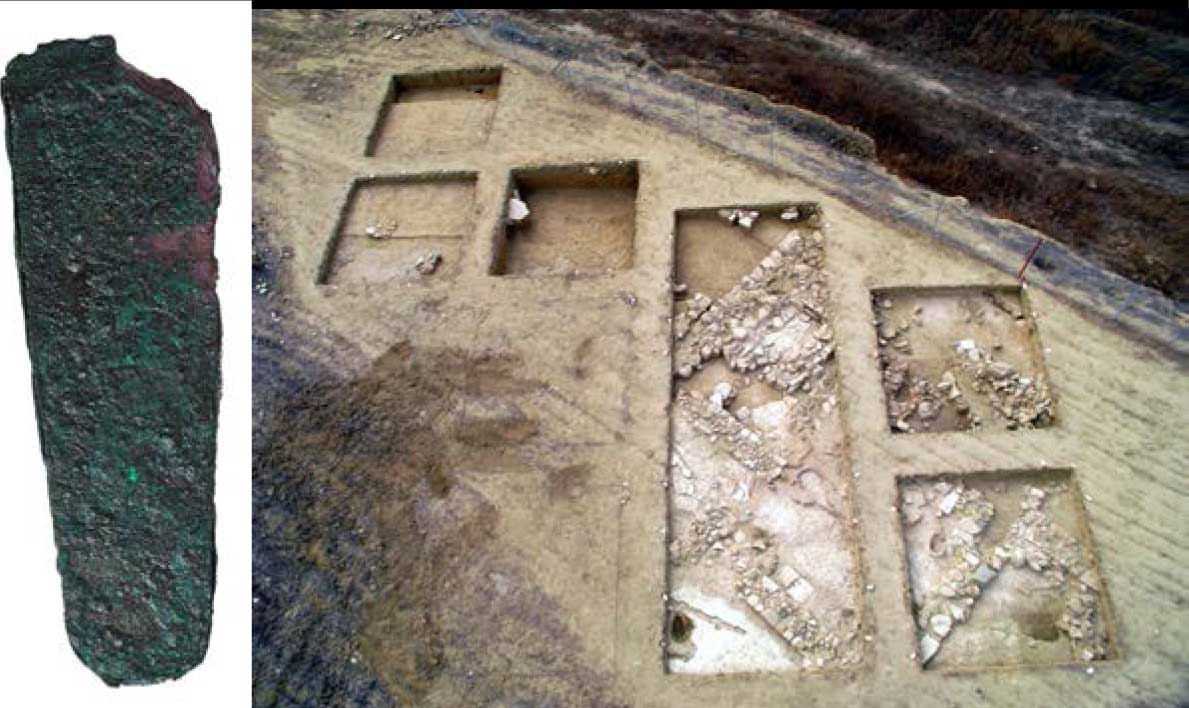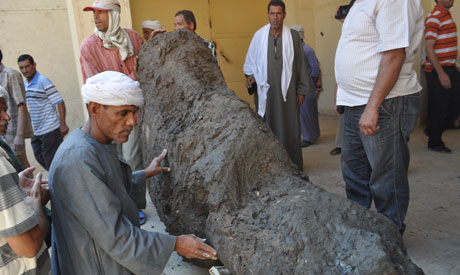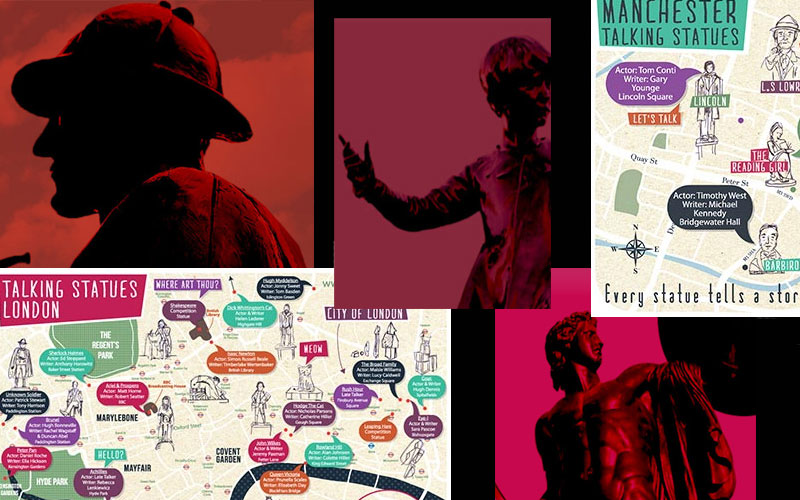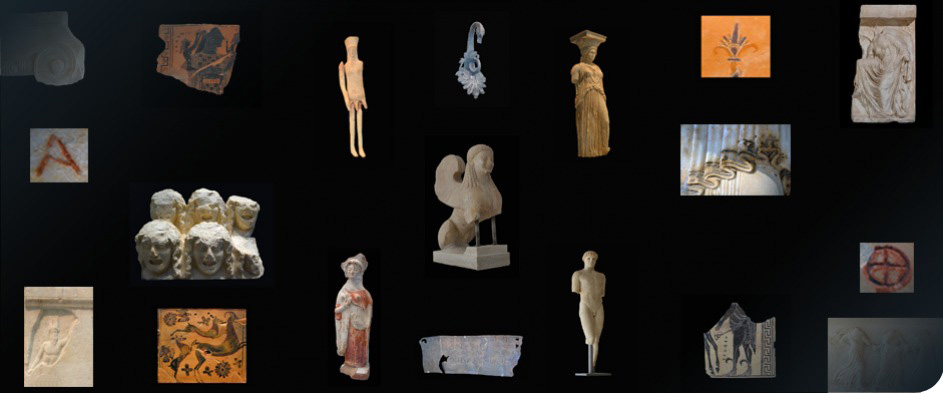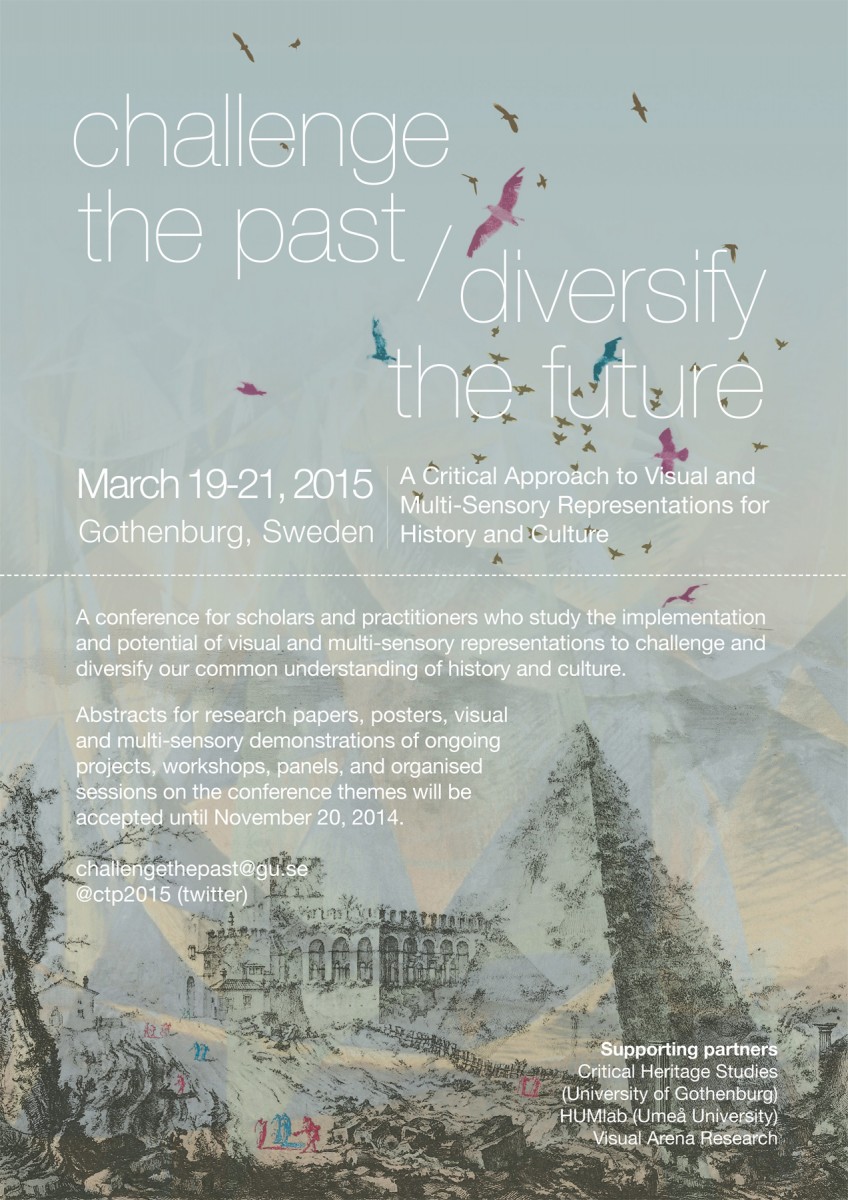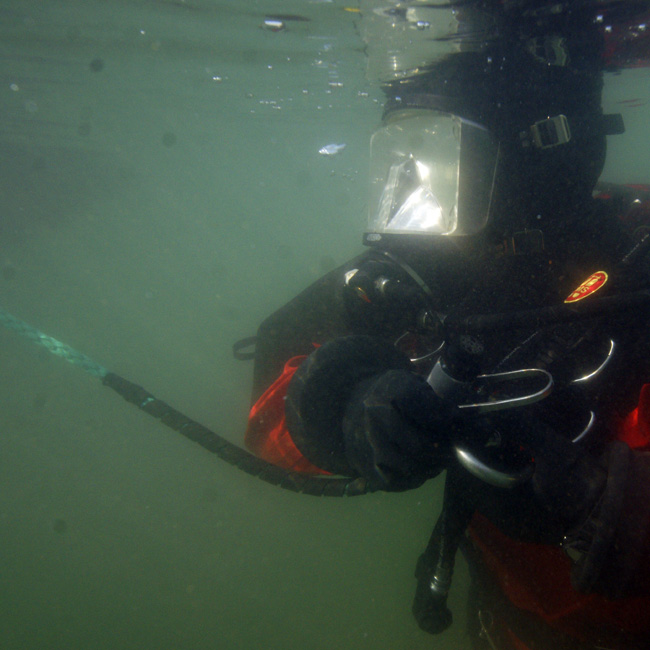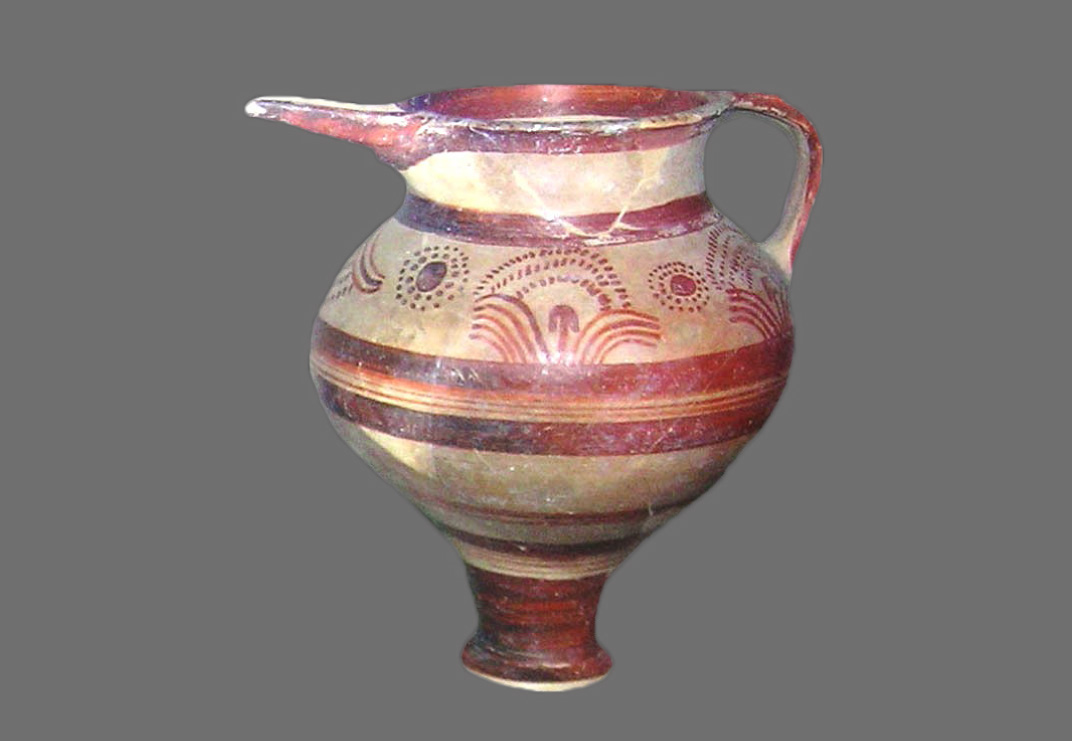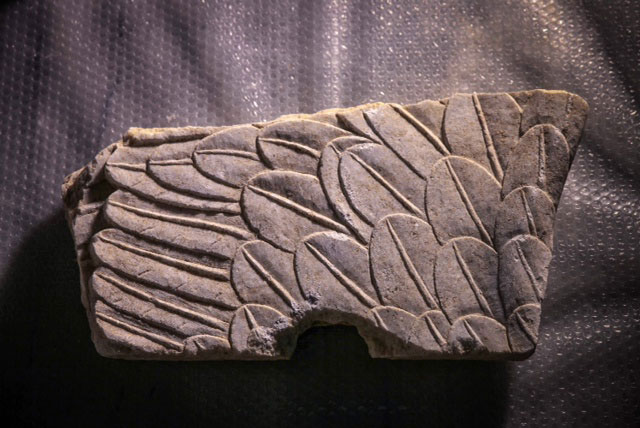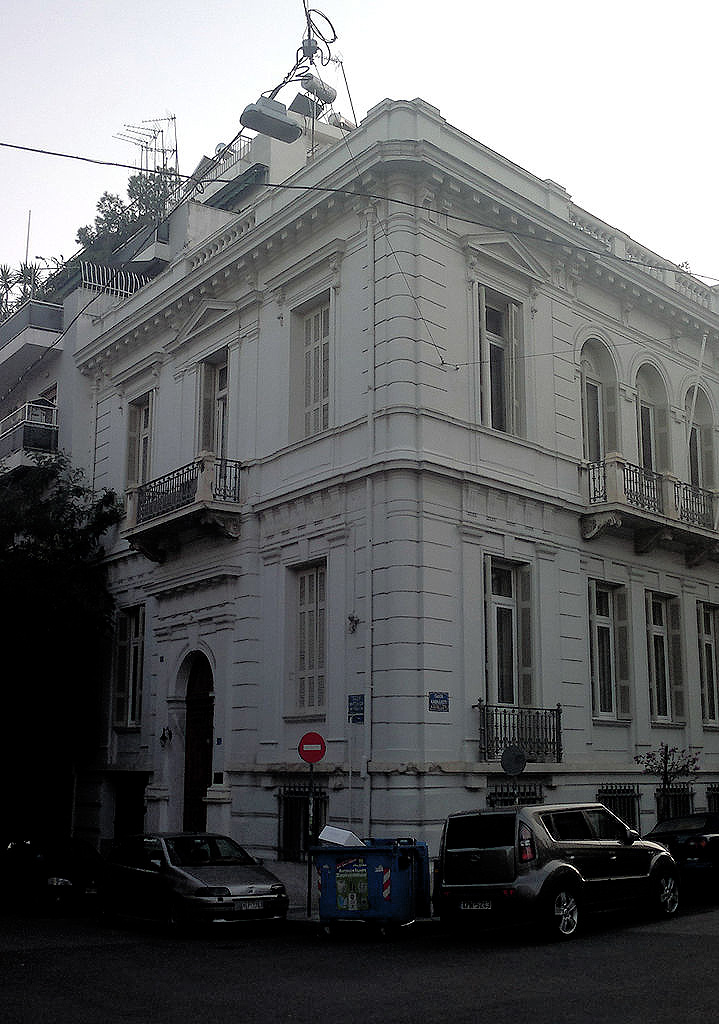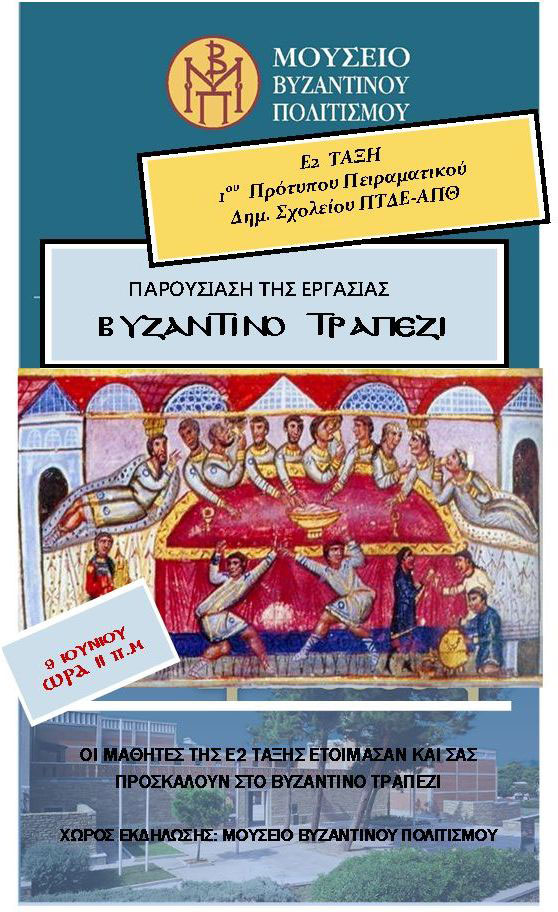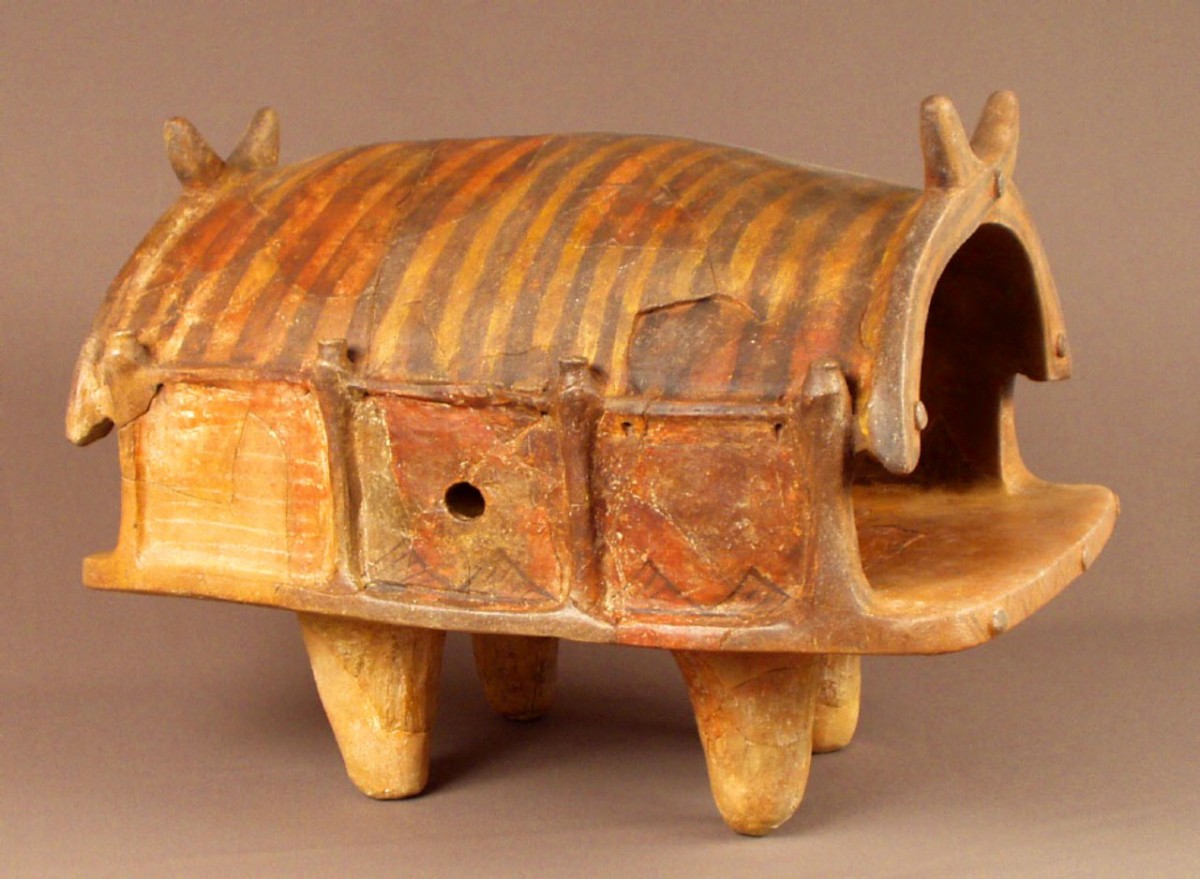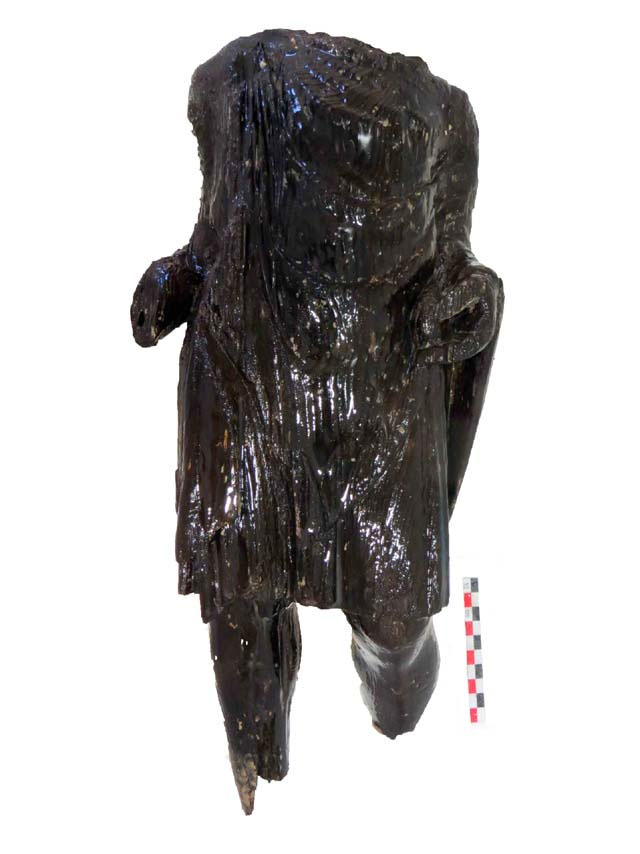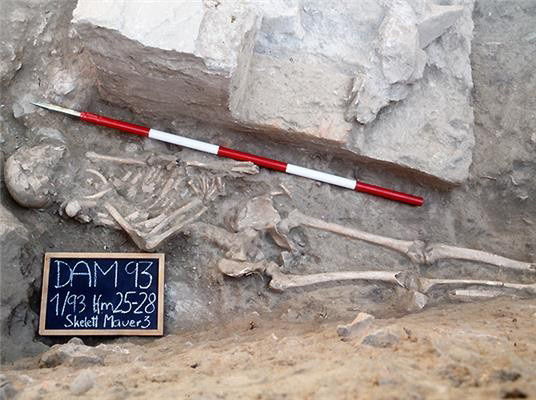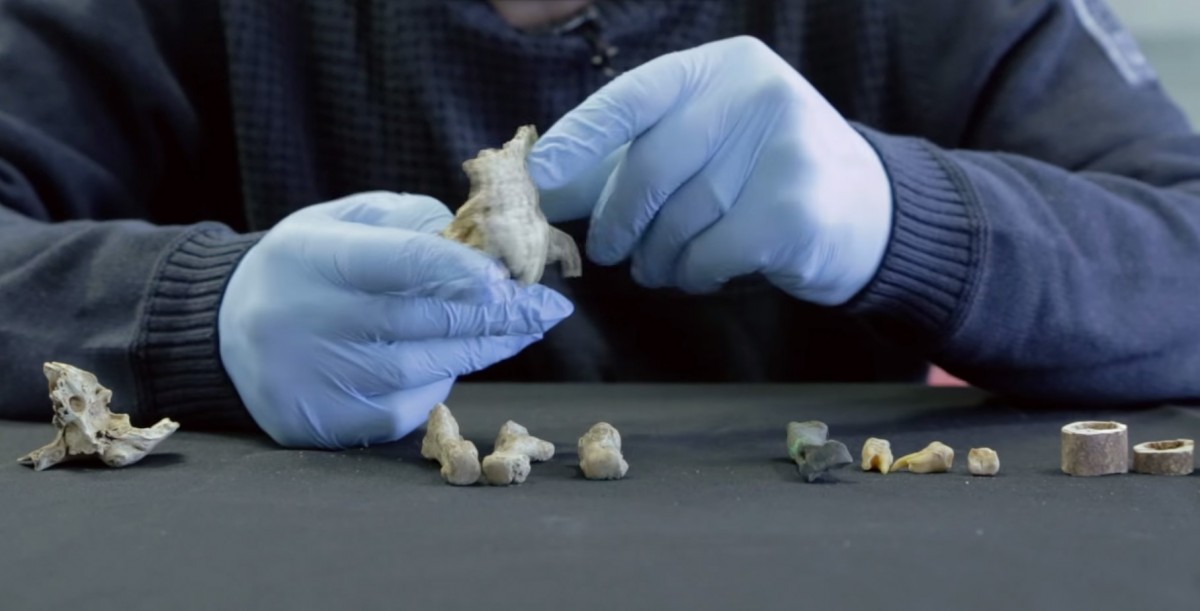The data of Kastri phase in the Cave of Zas on Naxos
The fourth Cycladic Seminar for 2014, which will be presented by Kostas L. Zachos and Angelika Douzougli on Tuesday, November 4, in Athens.
The Bronze Age in Epirus (Part 4)
The bronze objects of Late Bronze Age Epirus: tools and guns used on a daily basis by a “household” or “prestige” artifacts, which denote the owner’s power and authority.
Under the wraps: Modern medicine meets Egyptian mummies
Washington University Medical Center welcomed some unusual patients for an unconventional screening: three Egyptian mummies.
Excavations at ancient Idalion focused on the “City Sanctuary”
This year’s excavations at the site concentrated in the area of the Lower City South, below the west acropolis, Ambelleri.
Central Cyprus in the Late Bronze Age: The new excavations at Agios Sozomenos
Dr Despina Pilides (Curator of Antiquities – Acting Director, Department of Antiquities Cyprus) will give a lecture about the new excavations at Agios Sozomenos, as part of the Cyprus Seminar series, which is organised by the Museum of Cycladic Arts, Athens.
New Kingdom’s temple found during illegal excavations
Men in Giza were arrested for illegally excavating an Egyptian temple from the reign of New Kingdom King Tuthmose III under a house in Giza district.
Talking Statues
London and Manchester: Pass a ‘Talking Statue’, swipe your smartphone on a nearby tag and – hey presto – your phone rings: Joan of Arc is on the line!
In Amazon wars, bands of brothers-in-law
A new study of the so-called "fierce people" led by provocative anthropologist Napoleon Chagnon suggests how violence and cooperation can go hand-in-hand.
Alternating Gallery Talks at the Acropolis Museum
The Acropolis Museum has released the programme of Alternating Gallery Talks, due to take place every Saturday.
CAA 2015 Roundtable: Linked Data for Pottery
The http://kerameikos.org scientific committee invites presentations and discussion about linked data and pottery databases for a roundtable at the CAA 2015 conference.
Challenge the past / Diversify the future
The conference "Challenge the past / Diversify the future. A Critical Approach to Visual and Multi-Sensory Representations for History and Culture" will take place on March 19-21 2015, in Gothenburg.
The naval bases in the Piraeus
Lecture by Bjørn Lovén (University of Copenhagen) given today, on 7.00 p.m., at the Archaeological Museum of PIraeus.
The Mycenaean Chamber Tombs at Apatheia in Troezen
The first lecture of this year's Mycenaean Seminar series will be given by Dr. Eleni Konsolaki, Honorary Director of the 26th Ephorate of Prehistoric and Classical Antiquities.
Wings of the Sphinxes found, tomb’s enigma unsolved
The Hellenic Ministry of Culture and Sports released an unedited footage showing the revealing of the mosaic. At this point there are no answers to the mystery of the tomb on Casta Hill.
Save the Swedish Institutes!
Last week the Swedish Government announced that they will end all state funding for the Swedish Institutes at Athens, Rome and Istanbul from 2017.
Different perspectives on Ancient Greek and Byzantine Cuisine (Part 3)
Presentation of the project "Byzantine table" employing the “learning by doing” method.
6,000 year-old-temple found within mega-strucutre in Ukraine
A 6,000-year-old-temple has been discovered within a massive prehistoric settlement along with animal sacrifices remains in Ukraine.
Extreme living in the Peruvian Andes
In the southern Peruvian Andes, University of Maine archaeologists have documented the highest altitude ice age human occupation anywhere in the world.
PhD studentships in Classics
Classics at the University of Glasgow is pleased to invite applications for PhD studentships starting in 2015, through its involvement in the AHRC Doctoral Training Partnership Scotland.
Wooden sculpture unearthed in Piraeus
A rare wooden statue has been uncovered by Greek archaeologists inside an ancient well in Piraeus on Tuesday.
2015 AIA/SCS Joint Annual Meeting
The Joint Annual Meeting of AIA and SCS will take place on January 8-11, 2015 in New Orleans, Louisiana.
Earliest modern human sequenced
Researchers discover fragments of Neandertal DNA in the genome of a 45,000-year-old modern human from Siberia.
Roman gladiators ate a mostly vegetarian diet
Roman gladiators ate a mostly vegetarian diet and drank ashes after training as a tonic, recent anthropological investigations carried out on bones of warriors revealed.
Ancient Europeans remained intolerant to lactose
By analysing ancient DNA scientists have identified that Europeans remained intolerant to lactose for 5,000 years after they adopted agricultural practices.
